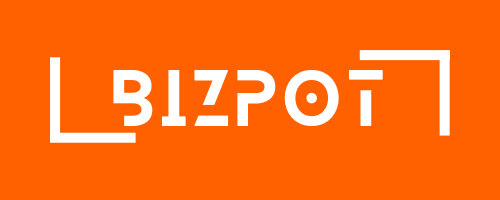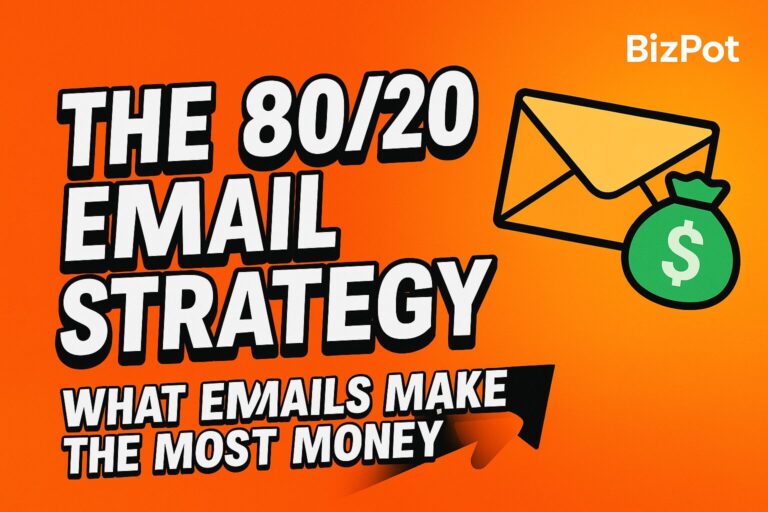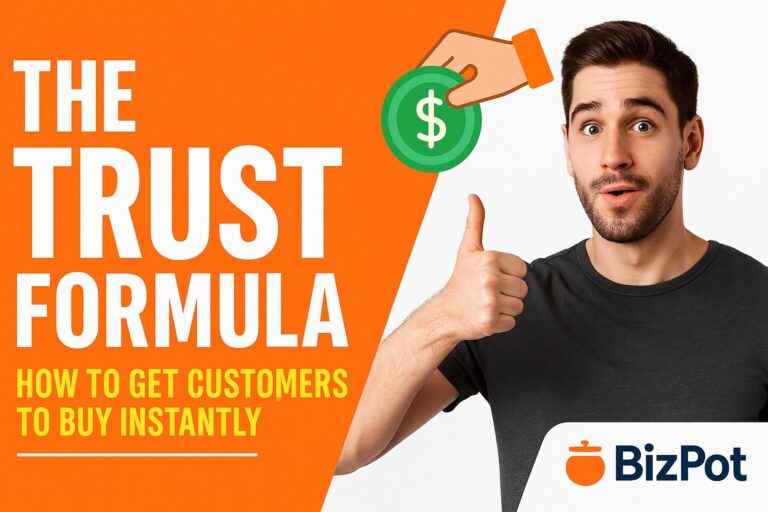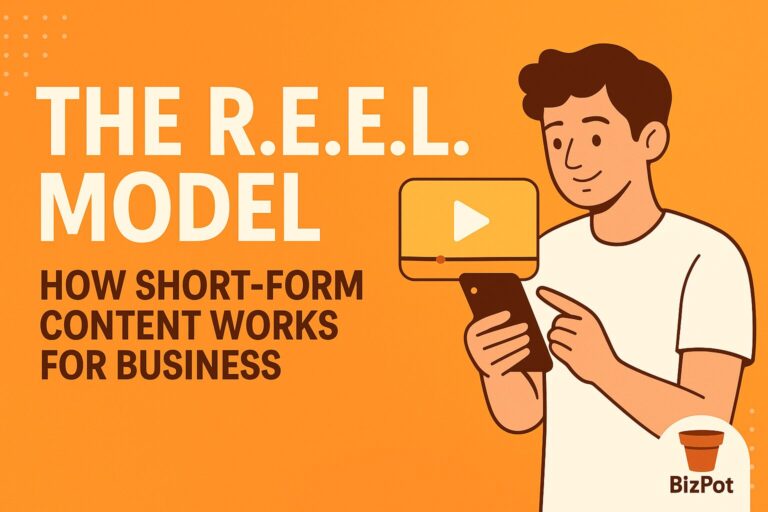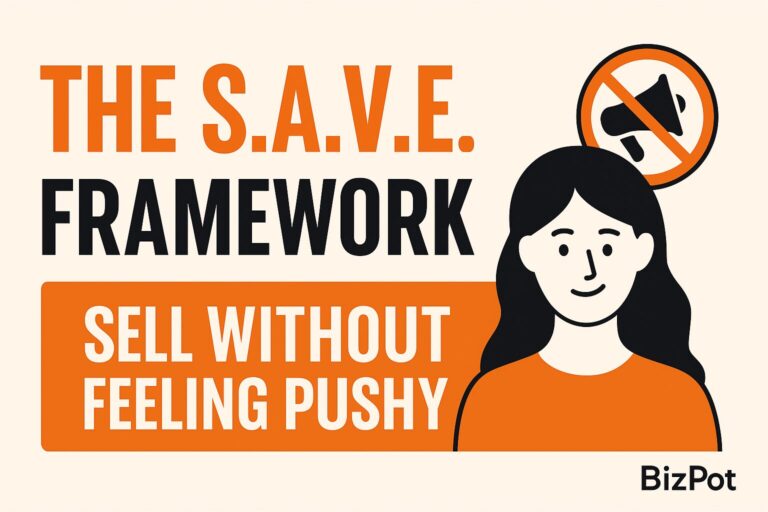The 5-Pillar Business Model
Which Business Type is Right for You?
🔹 Introduction
Choosing the right business model is crucial for long-term success. The wrong choice can lead to wasted time, money, and frustration. That’s where the 5-Pillar Business Model comes in—it simplifies the decision-making process by breaking down the core elements of a successful business. By the end of this post, you’ll have a clear roadmap to selecting a business model that fits your strengths, goals, and lifestyle.
🔹 What Is the 5-Pillar Business Model?
The 5-Pillar Business Model helps entrepreneurs evaluate different business types based on five essential factors:
✅ P – Profitability
✅ I – Investment & Costs
✅ L – Leverage & Scalability
✅ L – Lifestyle Fit
✅ A – Automation & Systems
Let’s break each one down.
1️⃣ P – Profitability
Not all businesses generate high profits. You need to understand how much money you can realistically make.
How to Assess Profitability:
- What are the typical profit margins for this business model?
- How much revenue can it generate per customer?
- Can you charge premium pricing?
Example: A consulting business has high profit margins but may require more personal time, whereas an e-commerce store has lower margins but can scale faster.
Action Step: Research your chosen business type and its average profit margins.
2️⃣ I – Investment & Costs
Some businesses require significant upfront investment, while others can start with minimal costs.
How to Evaluate Investment Needs:
- What are the startup costs (inventory, technology, staff, etc.)?
- Are there ongoing expenses that can eat into profits?
- How long until the business becomes profitable?
Example: A software business may require significant development costs, whereas a service-based business can start with almost no upfront investment.
Action Step: List out the key investments required for your business idea.
3️⃣ L – Leverage & Scalability
A scalable business can grow without requiring you to work more hours.
How to Measure Scalability:
- Can this business grow without you being involved 24/7?
- Can you add new revenue streams easily?
- Can it operate globally or just locally?
Example: A digital course business can sell to thousands of people with little extra effort, while a local bakery has more limitations.
Action Step: Choose a model that allows you to grow with minimal personal effort.
4️⃣ L – Lifestyle Fit
Your business should align with your personal goals and lifestyle.
Questions to Consider:
- Does this business require constant travel, in-person work, or long hours?
- Does it allow flexibility and freedom?
- Will it help you achieve your ideal work-life balance?
Example: A digital nomad might prefer an online business, whereas someone who enjoys community interaction might prefer a brick-and-mortar store.
Action Step: Identify whether the business aligns with your lifestyle goals.
5️⃣ A – Automation & Systems
The most successful businesses run on systems, not just people.
How to Assess Automation Potential:
- Can you automate marketing, sales, or fulfillment?
- Can the business run without you handling daily operations?
- Can you outsource key tasks?
Example: An affiliate marketing business can be fully automated, while a personal coaching business requires ongoing direct involvement.
Action Step: Think about how you can systematize and automate your business model.
🔹 Quick Takeaways (Summary)
✅ P – Profitability: Choose a business that generates sustainable income.
✅ I – Investment & Costs: Consider startup and operational costs.
✅ L – Leverage & Scalability: Pick a model that can grow beyond your personal effort.
✅ L – Lifestyle Fit: Ensure the business aligns with your ideal way of living.
✅ A – Automation & Systems: Set up systems to reduce workload and increase efficiency.
